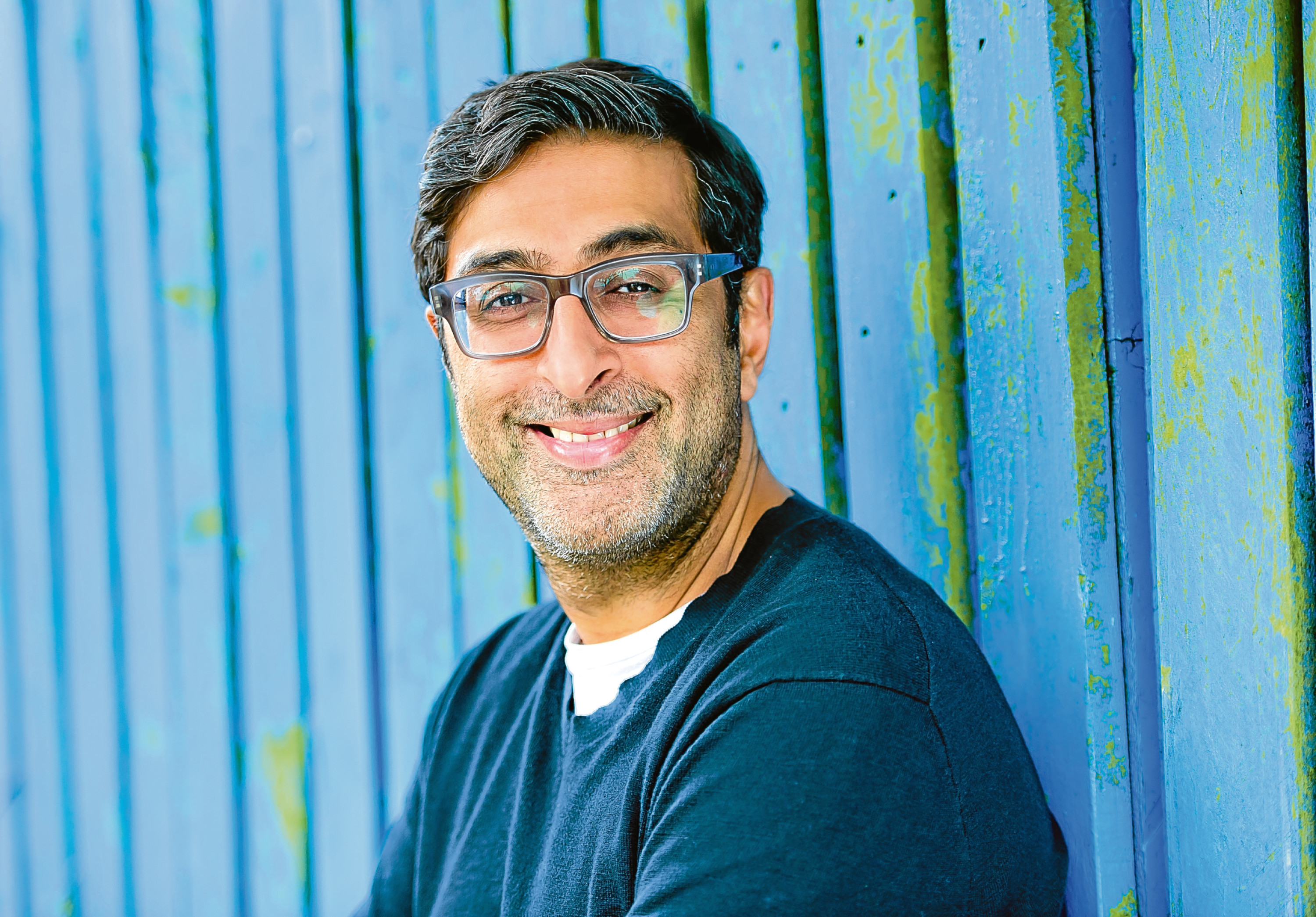
STILL GAME and River City actor Sanjeev Kohli had a Who Do You Think You Are? moment while working on his latest TV show.
He presents a BBC2 documentary with his friend Aasmah Mir this evening in Partition: Legacy Of The Line, which looks at the 70th anniversary since British rule in India ended and the country was split into Hindu-majority India and Muslim-majority Pakistan.
Fifteen million people were displaced as Muslims fled to Pakistan and Hindus and Sikhs went in the opposite direction.
The turmoil led to bloodshed, with one million dying, while many others found new lives in countries such as Scotland.
Sanjeev’s father, Parduman, a Sikh, and Aasmah’s dad Arif, a Muslim, later made Scotland their home.
While Aasmah’s parents often spoke about life after partition, Sanjeev’s did not.
“They would never talk about it,” said Sanjeev, who plays Navid in Still Game.
“My knowledge of partition is from the history books.”
But Sanjeev discovered the memories of what happened remain strong for many.
“One man in particular had his son and grandson in the room while we were filming and they had never heard the stories,” he explained.
“They had eyes like dinner plates as they listened.
“It struck me very few have gone back.
“When I talk to my dad, he says this is his home now.
“But I got the impression my parents’ generation still had the suitcase on top of the wardrobe with some items packed.
“I wonder at what point they emptied it and for my dad it was earlier than I thought, maybe because the India he had left was not the India he grew up with.”

Enjoy the convenience of having The Sunday Post delivered as a digital ePaper straight to your smartphone, tablet or computer.
Subscribe for only £5.49 a month and enjoy all the benefits of the printed paper as a digital replica.
Subscribe